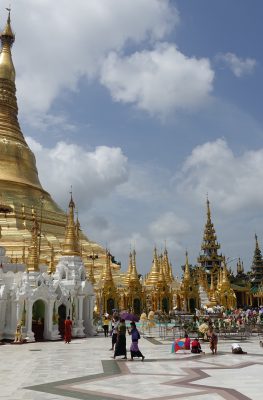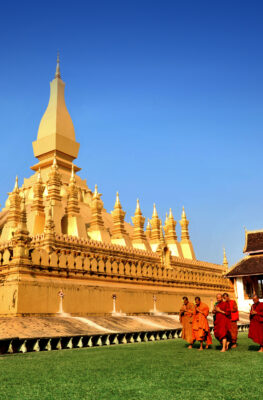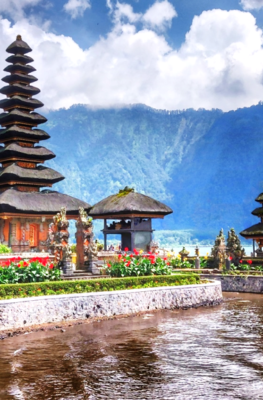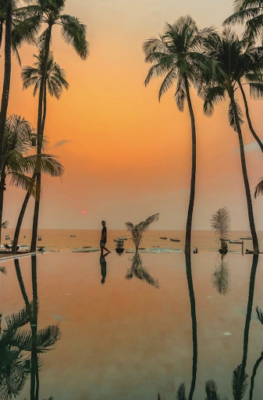Published on April 22, 2016
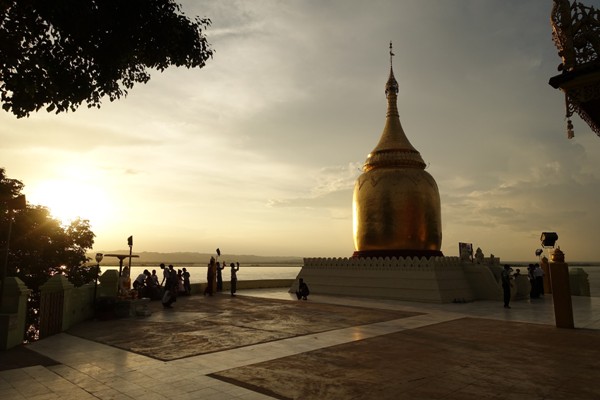
You can view a sunset anywhere on Earth, but exceptional sunsets require going a little out of the way.
Around Southeast Asia, a few places have gained renown for their ability to provide stunning sunset views. During dry, rainless months (coinciding with peak tourist seasons), sunsets can look especially vivid, particularly when set off against a dramatic landscape that amplifies the red/orange hues of the sky.
Let’s start with Southeast Asia’s “newest old” hotspot, Bagan in Myanmar. The former heart of the Pagan Empire lies on a plain on the eastern banks of the mighty Irrawaddy River. The monotony of the plain is regularly interrupted by the spires of over 2,000 remaining Buddhist temples and stupas constructed between the 10th and 11th centuries. It’s from these temples that visitors can see the best sunset views.
Myanmar’s recent opening up to tourists has encouraged a growing tide of visitors to come to Bagan and visit its temples. Concern about crowds and temple degradation has forced the Bagan management to limit travelers’ access only to the upper terraces of five of Bagan’s temples: Shwesandaw, ThitsaWadi, Pyathatgyi, North Guni, and South Guni.
Bagan’s gorgeous sunsets aren’t limited to these five upper terraces, though: two riverside terraces provide similarly spectacular views, as the reddish hues of the dying day play with the Irrawaddy River and the temples’ golden spires to create visual magic. These riverside temples: Bupayaand Lawkananda– offer the additional advantage of being less difficult to climb than the five authorized temples (Bupaya is practically street-level), so the mobility-challenged can enjoy the sunset as well.
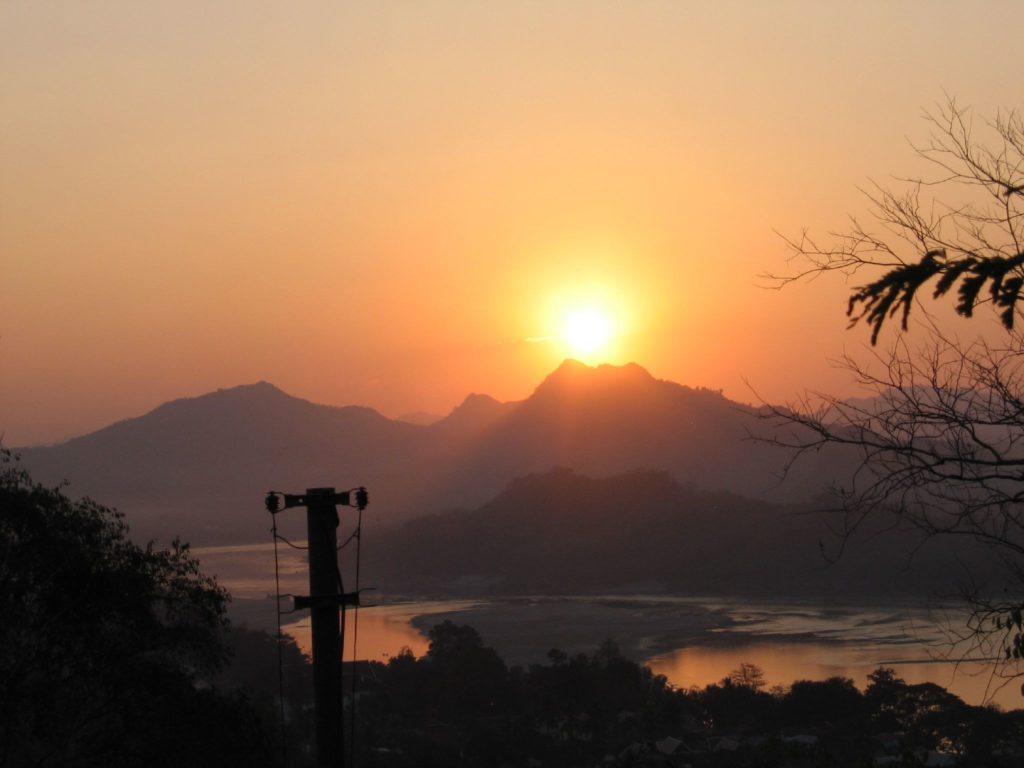
LuangPrabang, Laos shares Bagan, Myanmar’s Buddhist heritage and fervency of faith, but not its variety of sunset spots. Almost every visitor agrees that the best sunset can be seen from one place in town: Mount Phou Si, a 100-metre-tall elevation crowned by the That Chomsi stupa.
Start your ascent of the hill across the Royal Palace Museum. After paying a 20,000 Kip entrance fee, you can climb up the hill’s north side via 329 steps of concrete stairs. At the very top, you’ll enjoy majestic view of both the east and west sides of LuangPrabang: the sunsets drape the Mekong River and nearby hills in vivid color.
The temple at the summit – That Chomsi – is a key LuangPrabang landmark, the starting point of the Lao New Year festival procession and worth seeing at any day of the year besides.
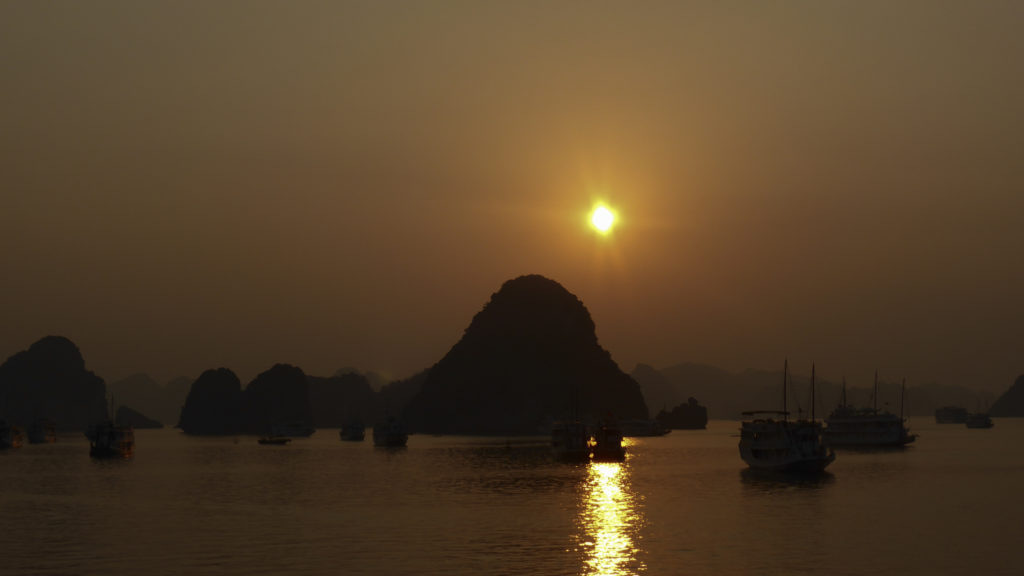
Viet Nam’s Ha Long Bay also glows a gorgeous red when illuminated by a sunset. This body of water is notable for its over 9,960 limestone islands rising up from sea level: the limestone erodes differently from other types of rock, with strange jutting spires and expansive canyons carved out by the rain and tides.
From Bai Chay Tourist Wharf, you can set sail on the bay on one of hundreds of tourist “junks” that cruise the waters, making stops at key islands and caves: the number of stops depends on the budget of the tour and the length of the cruise. Go for an overnight cruise at the least, to get to see the sunset showing off Ha Long Bay at its most beautiful.
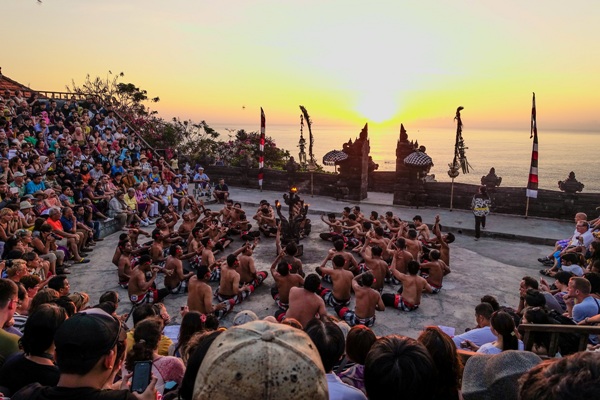
In Bali, Indonesia, the sunset serves as a majestic backdrop for cultural color and comical hi-jinks. The ancient temple of PuraLuhurUluwatu – built by a Hindu guru in the 10th century – now enjoys a tide of visitors who come for its spectacular kecakperformance, held on an amphitheater on a cliff that gives its audience a full view of the show and the golden-copper sunset taking place behind it.
Derived from the ancient Balinese sanghyangritual, kecakis a 20th-century innovation that uses the sanghyang‘s repetitive chanting as an orchestral accompaniment to the Ramayana saga played out in dance. As the story plays out, and as the sun begins its glorious descent over the Indian Ocean, the sky flames out in red before night sets in; torches in the middle of the stage provide light as the Monkey King and his enemies begin an epic battle that ends with fire engulfing part of the set!
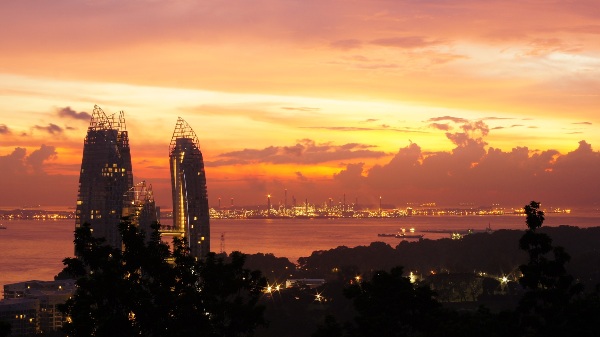
At the top of Mount FaberSingapore hosts a breathtaking sunset, engulfing dusk in tranquility. It is one of the most prime spots to wind down, especially popular among couples of all ages and casual hikers. Contrary to its name, Mount Faber is a 105 meters tall hill with a panoramic view of the Central Business District and its lively harbor.
The cable car station atop Mount Faber was recently transformed into the tourist destination known as Faber Peak, where you can have a drink at a trendy bar while enjoying the stunning views. Many visitors choose to fine dine in the comfort of a cable car cabin as they glide over the night lights of the city far below. Nothing beats spending a romantic evening with a loved one, or experiencing a captivating sunset with your family at the top of this exclusive hideout.
LaemPhomThep in Phuket, Thailand is one of the must visit sunset spots. Most photographs of the stunningly beautiful sunset in Phuket were taken here.LaemPhromthep at the south-most tip of Phuket island offers a memorable, unparalleled sunset moment on a clear day. Go early and sit back to enjoy the sun setting behind the Andaman sea.
A number of exciting activities can be found in Phuket making it a complete tourist destination that offers a lot more beyond its natural heritage of sea, sand, forest, and world-renowned diving sites. Sino-Portuguese architecture casts its spell in delighting travellers to the city while Phuket style of hospitality has never failed to impress visitors from all walks of life. There are restaurants specializing in various international cuisines and dining on fresh seafood is certainly a Phuket attraction. These can ensure that visitors with any interest will find something to keep them entertained on their Phuket holiday.



